I’ve just posted a new piece of noise to my podcast, which was commissioned and titled by David Jensenius.
Shorts #31: 1416343620
The title he gave me is the unix timecode (aka: the time expressed as milliseconds since Midnight 1 January 1970 GMT) that he received the commission.
I’ve always had a particularly hard time coming up with titles. Sometimes, it took me as long to title a piece as it took to write the piece in the first place! When I first started this commissioning project, I was somewhat thinking of Mark Twain.
In one of the Tom Sawyer stories, Tom has been told to paint a fence. Since he doesn’t enjoy the task, he starts thinking of ways to get somebody else to do it for him. He could pay them, but he doesn’t have much money. He decided to use psychology instead. He would convince other boys that painting was really fun and they would ask to do it. Then, he realises, if it’s such a joy, they might pay him for the chance to paint. All those pick-your-own strawberry fields are based on the same principle.
I hate picking titles, so therefore, other people should pay me to do it for me! Of course, there’s more to a commission than that! There’s the knowledge that you’ve caused a new work to exist, and a piece of music made just for you!
David wanted an acoustic piece, so I recorded a bunch of sounds around my house. The house is still being painted and the dog was still quarantined, so this combination limited my access to hard drives full of archived recordings (waiting for music to be put into) and made it hard to go out into the world and get new recordings. Fortunately, there’s a lot of fascinating little sounds in the home. I’ve been intending to record my tea kettle for some time, and this finally got me to do it, with my zoom recorder. (Surprisingly, the wider angle microphones got a much nicer recording than the close ones, so keep that in mind, should you decide to record your own kettle.)
I got one extra sound that just did not fit into David’s piece. I recorded myself growling into a microphone, which made a nice harsh noise sound, but the rest of this piece was not harsh. Fortunately, I found a good application for that sound: the Swift Noise Compilation.
A few weeks ago, Taylor Swift released 8 seconds of white noise to iTunes, which topped the charts in Canada. In dedication to her chart topping short noise single, a tribute album is being put together of 8 second long noise pieces. This is extremely short, even for me!
The brief said white noise, but I strayed from that. My growl was only about 4 seconds long, so I ran it through PaulStretch and then used sox to cut it to exactly the right length:
sox –norm stretch.wav trimmed.aiff fade 0 00:00:07.98 0.07 pad 0.02@7.98
This trimmed the sound to 7.98 seconds, with a 0.07 second fade out at the end and 0.02 seconds of silence after that. Then, I used Audacity to put a stereo plate reverb filter on it. I love plate reverb and if I lived some place quiet, I’d try to get a real one.
My next acoustic commission will have a wider world to draw from, as my puppy is now finally clear to walk anywhere I’d care to take him. Today he will have his first trip to a dog park!
I’ve got another commission in my queue and then after that, I’m free to work on yours! Commissions make great gifts. If you order in November, delivery is guaranteed in time for Hanukkah or Christmas!
Do you love noise music? Do you have fashion? Drop me an email if you’d like your image to be in forthcoming posts about noise and fashion


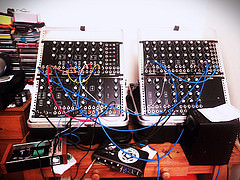



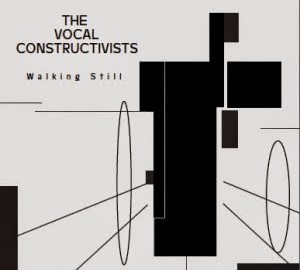
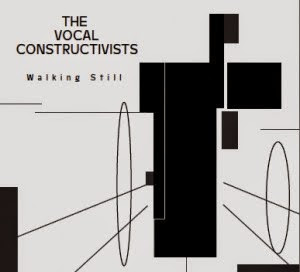


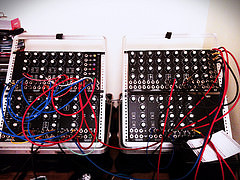




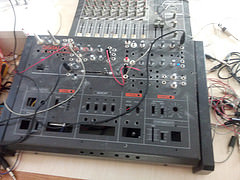
 A recycled synth I saw on Sunday.
A recycled synth I saw on Sunday.


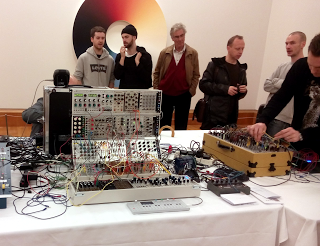


![[Puppy. Click through for album of puppy images]](http://www.celesteh.com/blog/wp-content/uploads/2014/11/15671223591_80b3e1e7cc_z.jpg)


